Convection vs Conventional Oven – If you have purchased a new oven in the last 10 years you probably have had the option of convection to be added or is present in your oven. Do you use it? Do you know how to? Recipes don’t include instructions for a convection oven. Little is spoken about it when we discuss baking or roasting. This has lead me on my own quest to see which I preferred. I have had convection in my ovens for many, many years now but it has been something that I have virtually ignored. Why is that? Am I alone here? Let’s delve into the pluses and minuses of Convection vs Conventional Oven and I will tell you what I have experienced in using both, side by side, as I have two wall ovens exactly the same.
So is the convection oven better to use all the time? Should you just scrap using the conventional oven settings all together? This may have you wondering when and where to use both of these settings. Let’s look at both and how they work and where they are best suited.
Explore More
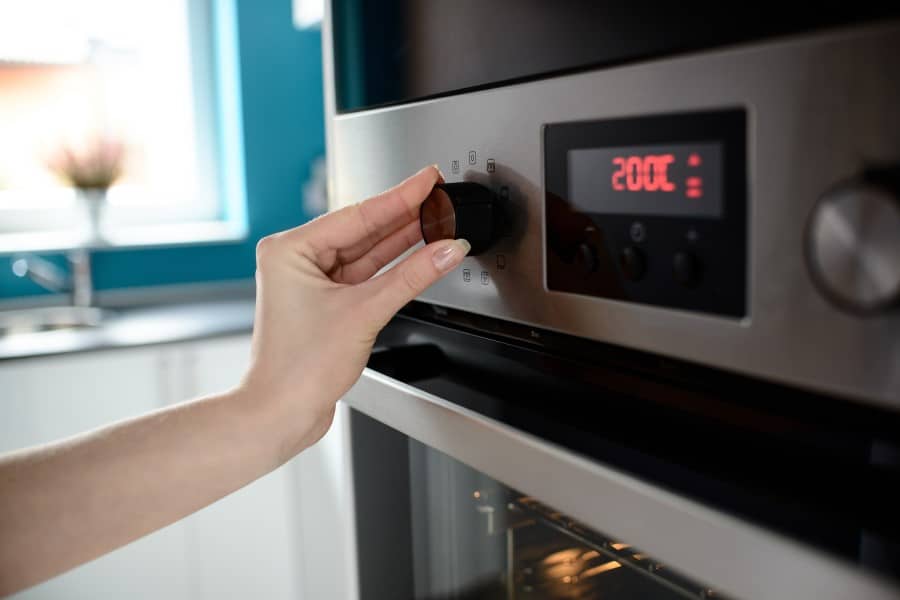
So what is a convection oven? Simply put, it is an oven that has fans that circulate air. This allows more heat to transfer and quickens up the process of cooking and produces a more even result. All of this and at a lower temperature. My oven has a setting to put in the recipe’s time and temperature and it converts it for you to a shorter time and a lower temp.
According to Wikipedia, convection ovens distribute heat evenly around the food, removing the blanket of cooler air that surrounds food when it is first placed in an oven and allowing food to cook more evenly in less time and at a lower temperature than in a conventional oven.
Wow, that sounds great, why not use it for everything then! Let’s explore this further.
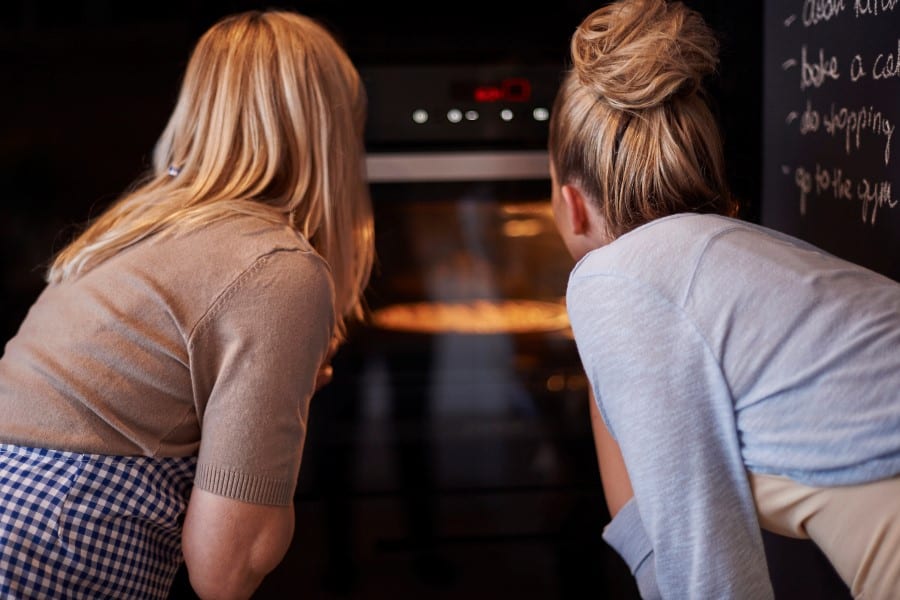
Let’s look at how a conventional oven works. Heat is released from the wall of the oven in a conventional or traditional oven. Heat radiates to the food and allows it cook. I have loved this method forever and trust it. So how does this compare to convection? When do I use either?
Why use a Convection Oven?
- Faster Cooking – Convection is about 25% faster than a conventional oven.
- Even Cooking – Food cooks and browns more evenly in a convection oven. A regular oven can have hot spots. You can see this when baking cookies, some are done sooner than others. With convection the air circulates allowing more even distribution of the heat.
- Better Browning – Because the air circulates, the outside cooks faster and browns more evenly, leaving the interior still juicy.
- Energy Saver – Convection ovens use a lower temperature and cook faster than a conventional oven. The oven is reduced by 25 degrees when cooking. If this doesn’t happen automatically with your setting then reduce it yourself. So turn a 350F oven down to 325F when using convection.
When to use a Convection Oven?
- Cookies – I tried this with both my ovens, and the convection oven cookies were done faster, cooked more evenly, and browned nicer.
- Roasting – I have cooked a pork roast, chicken and veggies and found not only were they browner, cooked faster but the interior was juicer. With the fan blowing the outside caramelized amazingly, you can’t always get that with a conventional oven. But for some roasts and fish beware of a very messy oven afterwards.
- Pies and Pastries– Pies and pastries will cook lighter and flakier due to the high fat content.
- Cupcakes, Cakes and Breads – Cupcakes, cakes and bread are slightly more controversial. I made cupcakes side by side and I felt they turned out better in the convection oven. Artisan breads fair well while others don’t. Some say the interiors will be drier. I leave this up to you to decide but don’t forget to reduce the temperature by 25 degrees and the cooking time.
- Braising and Covered Casseroles – With lids on or foil (if wrapped well, otherwise the fan will blow off the foil), it is fine to quicken up the cook time. If these are uncovered I would use a conventional oven.
- Toasting and Dehydrating – This would speed up the process and for both of these you want the moisture to be removed.
When NOT to use a Convection Oven?
- Custards or Flans – The outside will be hardened and nasty.
- Souffles and Wet Cakes and Cupcakes – I think a standard cake will fair well but not an angel food cake or anything that has a wetter batter than normal. The fan can blow the souffles and cakes and you will have a disastrous outcome.
- Quickbread, Sandwich and Sweet Breads – This is from reading only and was not given an explanation.
So try that convection on for size. Start out slowly and increase the items that you bake and roast using a convection. I have found a new passion and one that not only saves me time but money! We all love that!
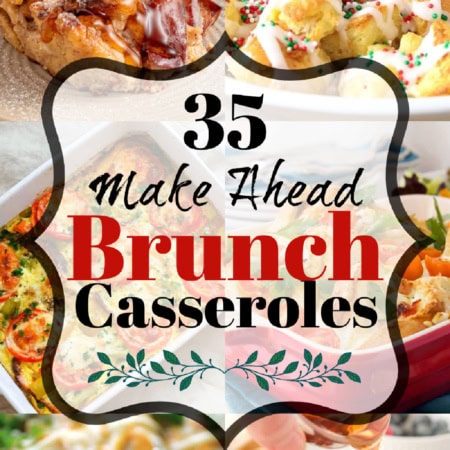
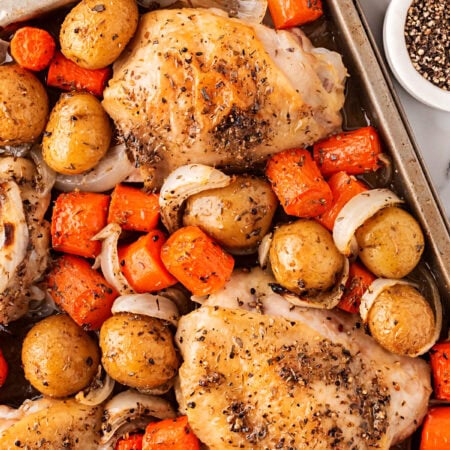

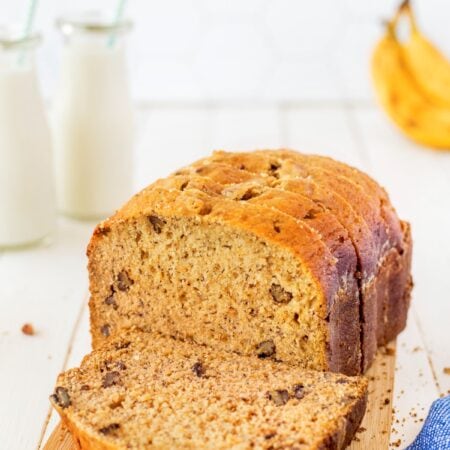
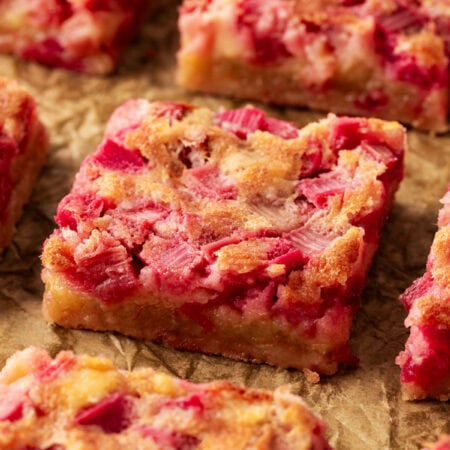

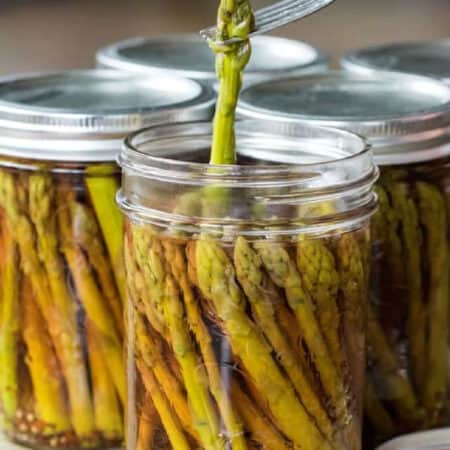

Comments & Reviews
Dave says
Thank you for this information. Most helpful as I am buying a new range with convection oven and never used one before.
Tara Noland says
So happy I can help!!
Tracy says
Very helpful and informative. My husband and I ate on the fence about convection or conventional. Thanks for the tips.
Tara Noland says
Thank you, glad it was helpful.
Judy says
My microwave is a combo appliance that has the convection oven in it, but rarely use it.
This article is a great resource for “dos and don’ts” Tara–I never knew about what not to do.
It’s funny though–in Europe (and apparently Canada too)–having fan assist in your regular stove is popular, but not here in the States. They sell them of course, but it’s not really big if you know what I mean.
Brianne says
This is so interesting. I have always been intimidated to use the convection setting!
Reesa Lewandowski says
I am pinning this for sure! I always wondered what the difference was!
Toni | Boulder Locavore says
This is really helpful! I never tried baking cookies or any dessert in my convection oven. Gotta have to try that. 😀
Aimee Smith says
Ooooh I was just asking about his very subject! Thanks for filling me in!
Jennifer says
Convection ovens are the best! I have used them a few times and things just bake so evenly.
gingermommyrants says
I need to replace my stove soon. I will have to look into getting a convection oven. It sounds great for all the kind of baking I do.
Claudia Krusch says
My oven has the convection oven option. I use it all the time and love it. It really speeds up my cooking time.
Jeni Hawkins says
I had no idea in the difference between these two. This was super helpful to me! (and I have no idea if my oven even offers convection 😉 )
Dawn McAlexander says
I have never used a convection oven. I have always used a conventional oven. I really didn’t know much of anything about a convection oven. Thanks for explaining it. I will have to look into getting a convection oven now.
Jocelyn @Hip Mama's Place says
I don’t think I have ever used a convection oven, but I am really wanting to try one now. Sounds like a great appliance.
Brenda says
I have been looking to purchase a new oven and was torn on what would be the best option. This article was very helpful.
Melissa says
I don’t have a convection oven but it seems like there are real advantages and energy savings. Thank you for this quick review and introduction.
Jeanette says
We bought a convection oven we moved into this house and it was a learning curve. I have definitely figured out that you want to use it more for baking and for cooking except for Browning. You have some great tips here.
Dianna says
Do you have a temperature chart or an easy way to convert temp and time from conventional to convection? Thanks!
Tara Noland says
The standard is to reduce the oven by 25 degrees, a lot of convection ovens do this automatically or when you program it will drop it. Also the time might be about 25% reduced too for most recipes but each one will take a bit of figuring out on your side and watching.
mary lou says
please can’t find conversion table
Tara Noland says
Sorry, I don’t have a conversion table.
Patty says
I have used it on occasion but for the most part I forget it is there. I should probably pay more attention because I know things will cook more quickly
Jill says
Great article Tara!
Tara Noland says
Thanks Jill!
The Ninja Baker says
Wow! This is truly helpful, Tara. Thank you =) Tweeting!
Tara Noland says
Thank you so very much, I enjoyed my research :)!!